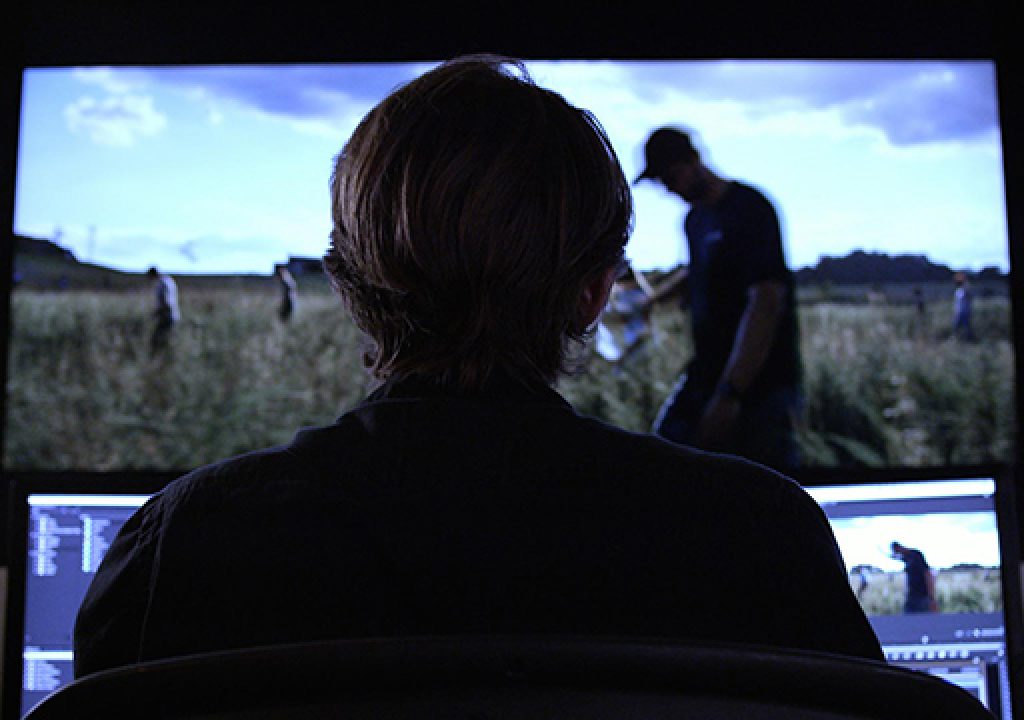I’ve been the product manager for Adobe Premiere Pro for four years and have never been more excited to work with our product teams and customers as I am now. Most of you know by now that Premiere Pro CC was used as the exclusive NLE for David Fincher’s Gone Girl, the first Hollywood feature film shot in 6K. While you may already know how Premiere Pro helped the Gone Girl team work more efficiently, you likely don’t know how us working with the Gone Girl post-production team helped us build a better product.
We at Adobe are committed to making a product that reflects our customers’ feedback and needs, and love working closely with our customers throughout product development cycles. We were offered the opportunity to work with editorial royalty — two-time Academy Award winner Kirk Baxter, ACE, who we knew would push Premiere Pro to be an even better NLE. Considering he works with David Fincher, a director notoriously known for pushing technical limits while filmmaking, we felt that getting this right would mean a lot for our product and users.
So what did we do? We parked our engineers in the same building—just doors away from Kirk and Tyler Nelson, assistant editor, and Peter Mavromates, post-production supervisor. The engineers lived and breathed the movie just like the production team did (and I can’t even begin to tell you how proud I was when I saw their names in the credits), working very long days, helping with workflow questions, fixing issues as they arose.
There were a lot of features that the Gone Girl team helped us create but the top three are Render & Replace, Multi-project Workflows, and the Advanced Search in timeline features. These features were recently made public in the October 2014 release of Premiere Pro CC.
Because Gone Girl was super After Effects heavy—a good amount of the timeline was After Effects comps–Render & Replace was designed to help the team speed up performance by flattening completed After Effects compositions into video clips (in fact the feature was finished too late to have actually been used on the movie – they used preview renders – but we certainly built it alongside those guys). Thanks to Dynamic Link, intermediate rendering was eliminated between Premiere Pro and After Effects. The original comps were always accessible if the assistant editor needed to make further changes to a comp, and he could do so while Kirk continued the edit. When the comp was done, it would show up in Kirk’s timeline.
Multi-project Workflows allowed the Gone Girl team to work concurrently on different parts of the film in different project environments. Kirk Baxter was able to open multiple Media Browser panels for easy access to parts of the project that assistant editors were working on at the same time. The new Source Monitor Timeline–which allows users to open a second Timeline for media and sequences from other projects, making it easy to bring existing clips, edits, comps and effects directly into the current project–was suggested by the Gone Girl team and, although the feature wasn’t available during the editing of the film, made it into the October 2014 release.
We also added the ability to Search bins so users can generate dynamic bins based on search criteria. This enabled us to include Advanced Timeline Search capabilities as well. Search bins are updated as new content is added to a project, so users can keep projects organized, even as new footage is still coming in.
We also added other features such as assignable marker colors and a variety of timeline improvements that helped the team work better and faster. As we built the features for and with the Gone Girl team, we learned more about their incredibly challenging workflow than we ever thought we might.
All that learning and all those long hours (thanks, guys!) have helped us to build a better product, and we are so proud of what we achieved with the input from the Gone Girl editorial and post-production team. There were some tough times – we knew there would be – but thanks to the dedicated professionals from their editing team and our engineering team, the project was a huge success, and the first of many more exciting things to come.
Last month, we hosted a panel of the team that worked on Gone Girl. Check out the Behind the Scenes on Gone Girl, which starts with a quick overview of how the tools were used.

